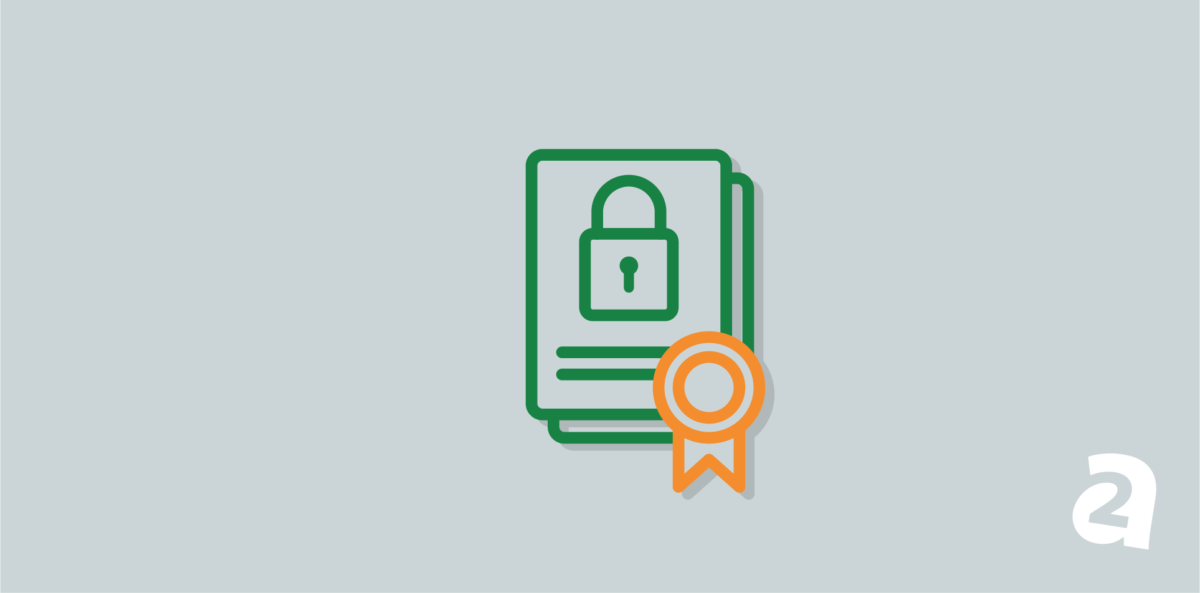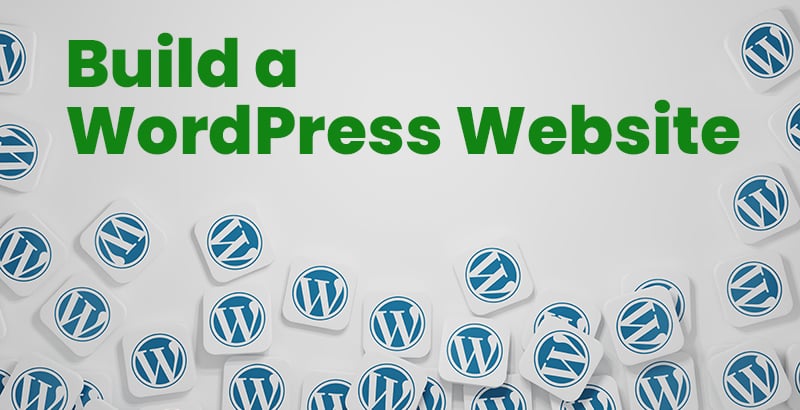- Sep 26, 2018
 0
0- by A2 Marketing Team
You may have noticed that domain names come with a choice of endings – .com, .biz, and even .pizza. These endings are called Top-Level Domains (TLDs). It’s important to understand what TLDs are, as well as the impact that the right (or wrong) one can have on your site, before registering a domain name.
Instead of just opting for the first TLD that catches your attention, you can benefit from thinking carefully about this choice. Some TLDs have specific meanings or connotations, for example, while others can confuse your potential visitors. You’ll want to keep these considerations in mind when choosing the right TLD for your website.
In this article, we’ll explain more about what TLDs are, and why they matter for your website. We’ll also go over the key factors you should consider when picking one. Let’s get started!
A Brief History of Top-Level Domains (TLDs)
In a URL, the Top-Level Domain (TLD) is whatever appears at the end – such as .com or .org. TLDs represent overarching categories of domains, whose registration is managed by different entities. For example, the nonprofit organization EDUCAUSE manages all .edu registrations.
In the 1980s, seven original TLDs were introduced (.com, .edu, .gov, .int, .mil, .net, and .org). Some of these still have specific restrictions. The .gov TLD, for example, is reserved for United States government organizations. Of the original seven TLDs, in fact, all were restricted except for .com, .net, and .org.
In the early 2000s, more TLDs were added, including .biz. Nowadays, there are even more options – covering everything from .nyc to .bargains:
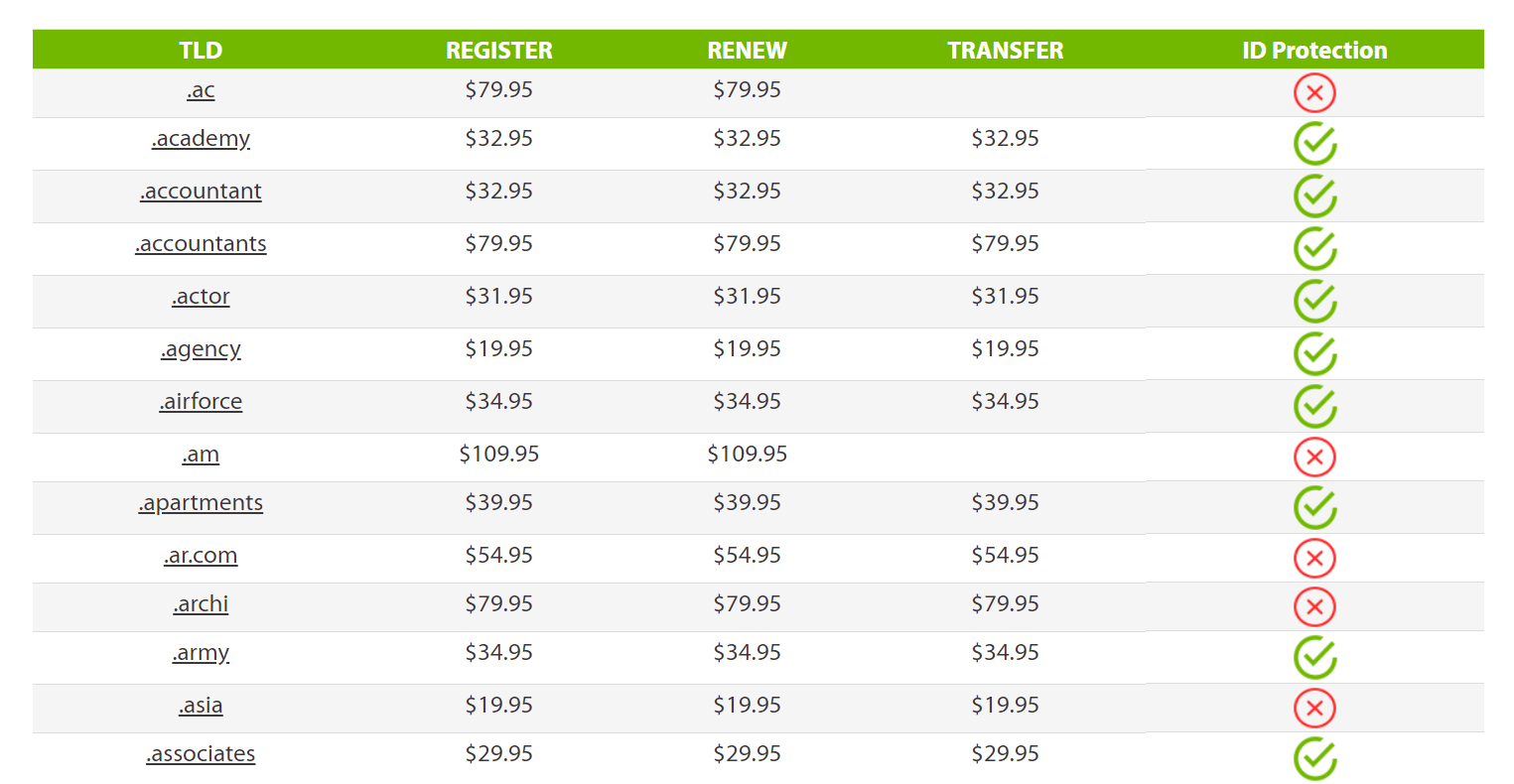
Most of these are Generic TLDs (gTLDs) which means that anyone can register them. There are also Sponsored TLDs (sTLDs), which are restricted by the managing entity, and Country-Code TLDs (ccTLDs), which can be restricted to a specific country.
Why It’s Important to Choose Your Site’s TLD Carefully
It’s crucial to consider the TLD you’ll use before you purchase your domain name. Once you’ve attached a domain name to your site, it can be difficult to change.
What’s more, your site’s TLD is vital to helping visitors remember your URL. For example, since it’s so common, a .com ending is easier to remember than .rocks or even .net. Your TLD also shapes their expectations of your site. For example, .org still has an association with nonprofits.
One thing to note is that all TLDs are essentially the same as far as Search Engine Optimization (SEO) is concerned. The only exception is local SEO in some cases. If your audience is primarily in one country outside of the US, then you might want to go with a ccTLD to improve your chances of appearing in local searches.
How to Choose the Right TLD for Your Website (3 Key Tips)
Fortunately, choosing the best TLD for your site isn’t hard. All you’ll need to do is keep the following three tips in mind.
1. K.I.S.S. – Keep It Short and Simple
Some of the newer TLDs seem appealing – .biz for businesses, .jewelry for jewelers, and so on. However, most people still associate .com with websites. They’re likely to type in .com no matter what your TLD actually is, which can result in them never finding your site.
Therefore, it’s best not to go with something other than .com just because the name you wanted was already taken. You’re better off thinking of another domain to use with .com than simply changing its ending. There are many ways to brainstorm a memorable domain name.
Going with .com may also prevent people from accidentally visiting the .com address and landing on another website (maybe even a competitor’s). Of course, depending on the purpose of your site, .com might not be the best TLD. Let’s talk about a few of those exceptions.
2. Keep the Purpose of Your Website in Mind
Some TLDs have specific purposes, so you’ll want to consider the type of website you’re building. For instance, nonprofits are often better off with a .org TLD, as there’s a common myth that the .org TLD is only available for those kinds of businesses. Even though that’s not true, people are more likely to take nonprofits seriously if they have an ‘official’ .org domain.
Some TLDs are restricted by purpose, however. If you are setting up a website for an accredited school, for example, see if you can register with EDUCAUSE for the official .edu ending:
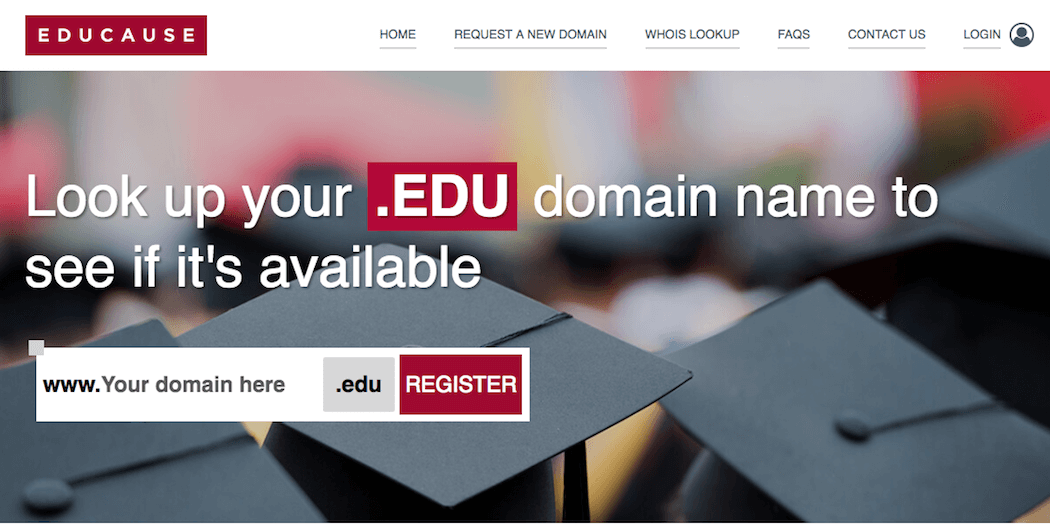
As we mentioned briefly, if your main audience is not in the U.S., you’ll want to consider a local ccTLD for the SEO benefits. However, note that this does not apply to city or regional TLDs such as .nyc or .london. Some ccTLDs may also be restricted based on your server location.
Finally, if your audience is located in multiple countries, you might be better off using another method for improving SEO (such as subdirectories). This helps you avoid the expense of purchasing multiple domains. Of course, there are some times when doing that does come in handy.
3. Consider Purchasing Multiple TLDs
There can only be one domain name per TLD, but there can be both a mywebsite.com and mywebsite.net. This means that a competitor could potentially buy an alternate TLD for your site and redirect it to their own website – unless you buy it first.
Some businesses purchase multiple TLDs, to prevent others from ‘stealing’ some of their traffic. You may notice, for example, that Google has bought up several TLDs – google.com, google.org, google.net, etc. Facebook.biz and facebook.info both lead back to facebook.com:
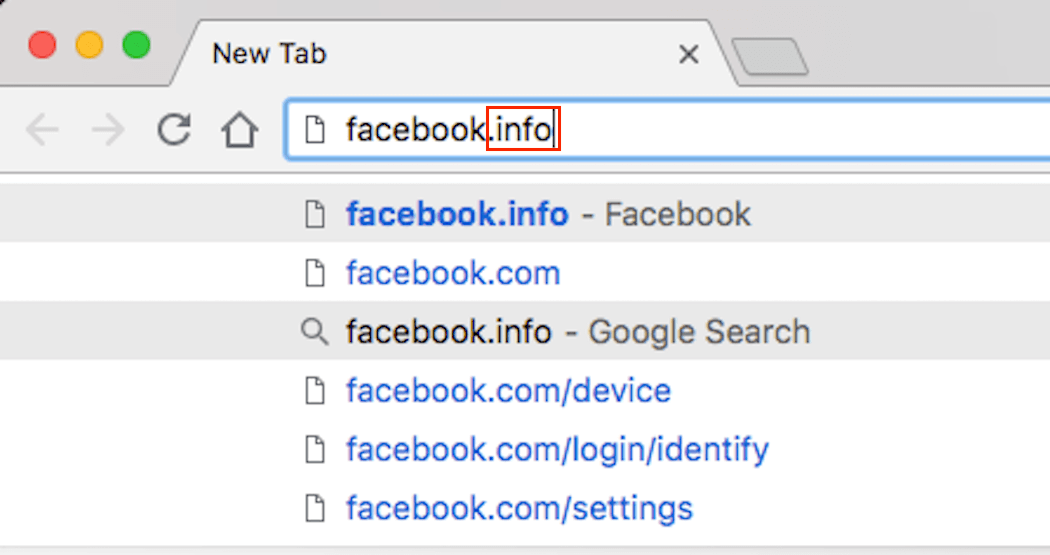
You don’t need to go overboard – unless you’re as big as Google, you probably don’t need to purchase every single TLD available. However, you’ll want to have a few key alternatives (if your budget allows).
The most important TLD to have is .com. If your website has an alternate TLD, it’s good practice to purchase the .com ending as a domain redirect. That way, if users accidentally type your URL in wrong, they’ll still end up on your site. Plus, this gives you a little more freedom in choosing your site’s primary TLD.
Conclusion
The biggest impact TLDs have is affecting what visitors think of your website. However, don’t underestimate the importance of public perception. Going with the wrong TLD may make your site look unprofessional. You could even end up with potential visitors landing on another site entirely, if they misremember your TLD.
Fortunately, there are only really three things you need to know about TLDs when registering your domain:
- .com is still king. Unless you have a specific reason otherwise, you’re best off going with .com for memorability alone.
- Three notable exceptions include websites for schools (.edu), nonprofits (.org), or businesses focused on one country outside the US (in that case, go with the ccTLD).
- Consider buying multiple TLDs to prevent your competition or other sources from creating confusing lookalike site. If you choose a less common TLD, you may also want to buy the .com URL and set up a domain redirect to avoid confusion.
Image credit: Wikimedia Commons.
